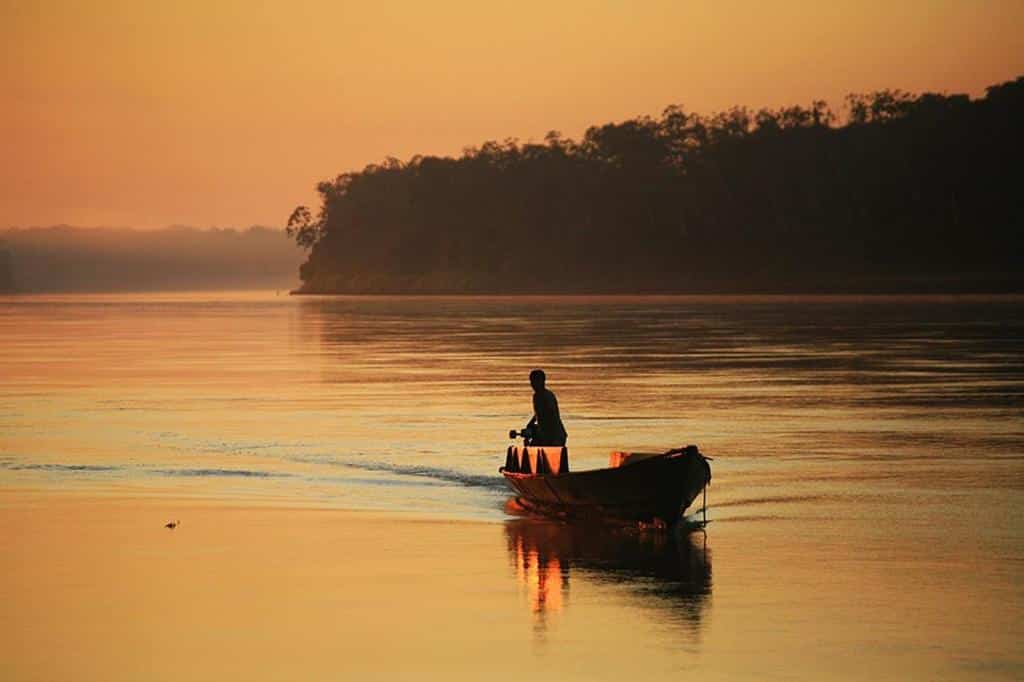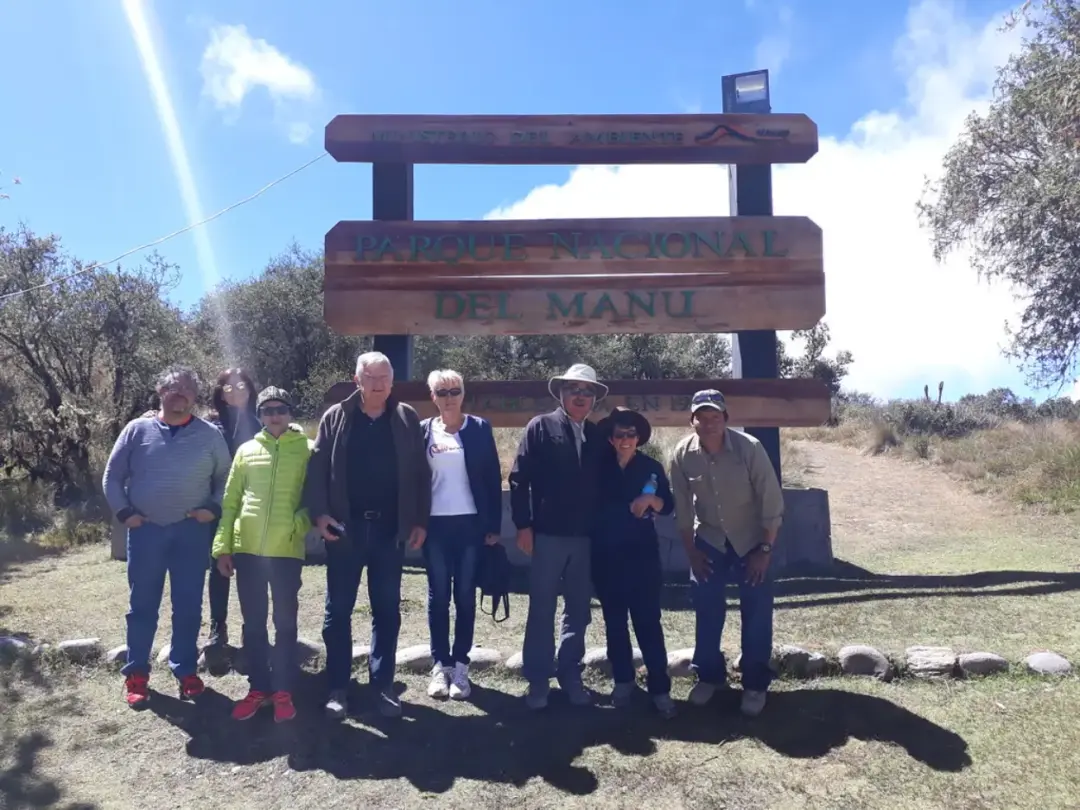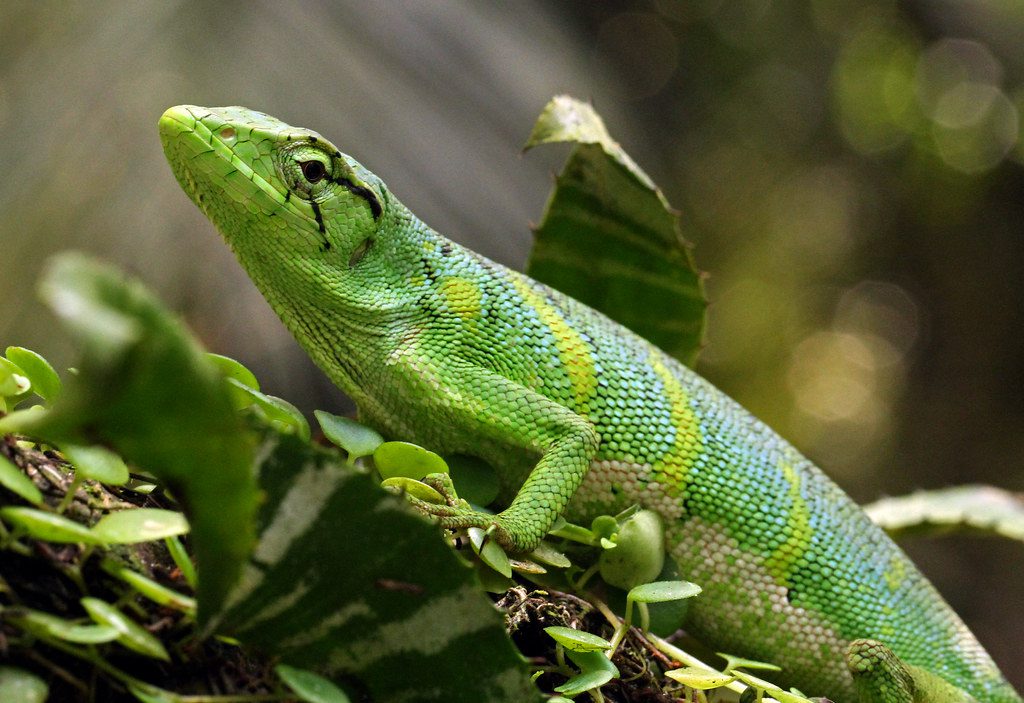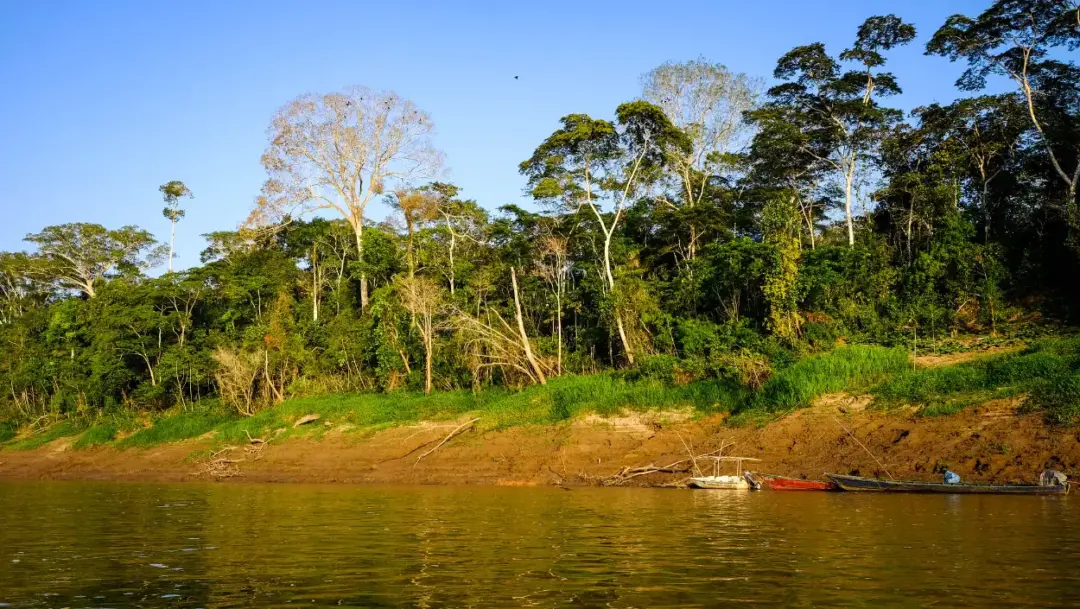The Tambopata National Reserve is one of the most impressive and biodiverse destinations in Peru, located in the Madre de Dios region, near the city of Puerto Maldonado. This place is a refuge for an extraordinary variety of flora and fauna, making it a paradise for nature lovers, researchers, and adventurers. In this article, we will explore the natural and cultural richness of the Reserve, as well as the activities that can be carried out in this spectacular environment.
What is the Tambopata National Reserve?
The Tambopata National Reserve was established in 1990, with the goal of protecting the biodiversity and ecosystems of the region. Covering over 1.5 million hectares, it includes tropical forests, rivers, and lakes, making it a unique ecosystem that is home to numerous species of plants and animals.
Location
- Located in southern Peru, in the Madre de Dios region.
- Approximately 15 km from Puerto Maldonado.
- Bound to the north by the Tambopata River and to the south by the Heath River.
History
The history of the Reserve is linked to the indigenous communities that inhabit the region and have coexisted with their natural environment for centuries. Its creation responds to the need to conserve this rich natural heritage against the threats of deforestation and mining.
Amazing Biodiversity
The Tambopata National Reserve is famous for its exceptional biodiversity. It is estimated to be home to over 1,000 species of birds, 600 species of butterflies, and a wide variety of mammals, reptiles, and amphibians.
Flora and Fauna
Among the predominant flora are:
- Mahogany trees: Majestic species that can be found in the jungle.
- Bamboos: Essential for the local ecosystem.
- Cacao: Native to the region, essential in chocolate production.
As for the fauna, some of the most emblematic inhabitants include:
- Three-toed sloths: A symbol of slowness and peace in the jungle.
- Jaguars: The great feline of the jungle, endangered species.
- Macaws: Colorful bird species that are often seen in groups.
- Brightly colored frogs: A natural spectacle that fascinates visitors.
Activities in the Tambopata National Reserve
The Reserve offers a wide range of activities for visitors, allowing everyone to enjoy its immense natural beauty.
1. Hiking
The trails in the Reserve allow visitors to explore different ecosystems, from dry land forests to flooded areas. Some popular routes include:
- Dendrobates Trail: Known for its variety of frogs.
- Las Pavas Trail: Ideal for spotting birds and mammals in their natural habitat.
2. Birdwatching
With over 1,000 species of birds, birdwatching is one of the standout activities in Tambopata. It is possible to see species such as:
- Macaws: Especially at the macaw clay lick, where they gather to feed.
- Trogons: Beautiful birds that adorn the tropical forests.
3. Canoe Rides
The Tambopata River is perfect for canoe rides. This activity allows exploring the most remote corners of the jungle and observing aquatic wildlife.
4. Visits to Sandoval Lake
This lake is known for its tranquility and natural beauty. It is also home to caimans, otters, and a variety of birds. Visits may include boat rides and walks in the surrounding area.
5. Learning about Local Culture
Interaction with the indigenous communities in the area offers the opportunity to learn about their traditions and customs. Some activities you can undertake include:
- Art workshops: Learn local craft techniques.
- Culinary experiences: Taste traditional dishes from the region.
Importance of Conservation
The Tambopata National Reserve is not just a place of stunning beauty but also plays a crucial role in environmental conservation. Some key reasons for its conservation include:
- Biodiversity: Protecting biological diversity that is vital for the balance of the ecosystem.
- Research: The Reserve is a natural laboratory for scientists and ecologists.
- Sustainable tourism: Promoting responsible tourism that supports conservation.
The Tambopata National Reserve is undoubtedly one of the most enriching and fascinating destinations in Peru. Its biodiversity, stunning landscapes, and the cultural legacy of local communities make each visit a memorable experience. By choosing to explore this reserve, you not only enjoy its beauty but also contribute to its conservation, ensuring that future generations can admire this natural treasure. 🌳🐾








